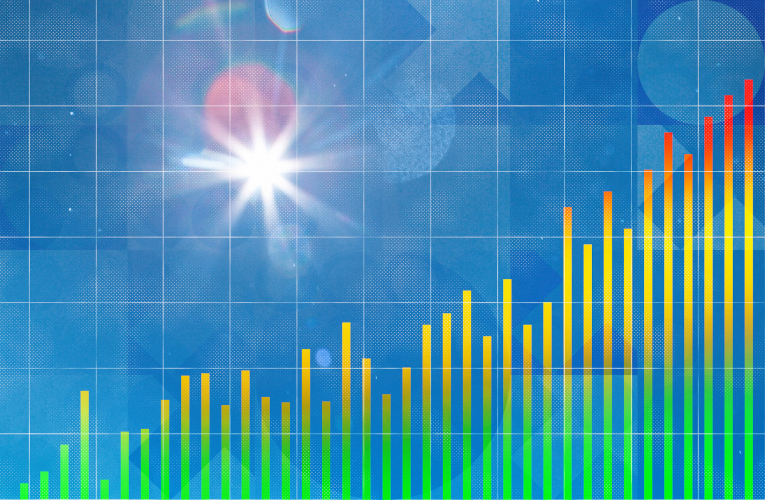
Industry Insights
How Utilities Can Beat the Heat at the Grid Edge
Relentless heatwaves are pushing electric grids across the globe to their breaking point. Between June 28 and July 2, daily power demand increased by up to 14% in Spain, 9% in France and 6% in Germany due to soaring temperatures. Nearly half of the U.S. has been under heat advisories for the last month, with record-breaking heat reported in over 280 locations. So far, the National Oceanic and Atmospheric Administration’s forecast for one of the hottest summers in history is proving to be alarmingly accurate.
This heat isn’t going away anytime soon. Climate scientists warn that heatwaves are becoming more frequent, intense and widespread, making it increasingly difficult for utilities to maintain reliable, resilient service. The strategies below can help them adapt.
Grid Edge Solutions: Leveraging Real-Time Awareness and Control
Grid edge intelligence is reshaping how utilities manage operations at the distribution level by connecting, detecting, operating and controlling devices. Itron is leading this transformation with our Grid Edge Intelligence portfolio and IntelliFLEX distributed energy resource management system (DERMS), which are helping more than 30 utilities manage 3 million DERs and approximately 60 GWh of capacity worldwide.
These solutions enable fast, precise and automated responses that reduce stress on infrastructure and improve operational resilience. By providing real-time insights and localized control at the distribution level, where heat-driven demand hits the hardest, grid edge intelligence empowers utilities to manage grid conditions with speed and precision.
Smart sensors, analytics and control systems take these capabilities a step further, enabling utilities to detect stress points early, manage voltage locally and automate targeted actions. Whether it’s shifting load, optimizing DER output or preventing equipment overload, grid edge solutions help utilities maintain balance and reliability when demand is at its peak.
Demand Response: Balancing Load During Peak Moments
Demand response (DR) remains one of the most effective strategies for reducing peak demand during extreme heat events. By incentivizing customers to lower or shift electricity use at key times, utilities can prevent blackouts, reduce strain on the grid and lower energy costs.
Modern DR platforms go beyond simple alerts. They use device-level controls and real-time data to automate load adjustments across thermostats, electric vehicle chargers, HVAC systems and more. These programs are increasingly precise and scalable, enabling rapid response to reduce consumption.
For consumers, participation is seamless and entirely optional. For utilities, however, the benefits are substantial: reduced stress on infrastructure, enhanced reliability metrics and a more flexible, responsive grid.
Dynamic Pricing: Engaging Customers as Active Grid Participants
Dynamic pricing models, such as time-of-use rates and critical peak pricing, play a pivotal role during heatwaves. Utilities can send pricing signals that shift consumption to off-peak periods in response to real-time grid conditions. When integrated with smart home devices or customer engagement apps, these models enable more precise and scalable load reductions while amplifying overall grid flexibility.
The impact goes beyond immediate demand relief. Dynamic pricing raises customer awareness of energy use, encourages long-term behavior change and reduces utility reliance on costly and energy-intensive peaker plants, delivering both economic and environmental benefits.
Preparing for a Hotter, More Demanding Future
To successfully beat the heat, our energy systems need to adapt. With solutions like grid edge intelligence, demand response and dynamic pricing, utilities are better positioned to manage increasing demand and meet the growing challenges of heat waves.
Related Articles
HTML Example
A paragraph is a self-contained unit of a discourse in writing dealing with a particular point or idea. Paragraphs are usually an expected part of formal writing, used to organize longer prose.




